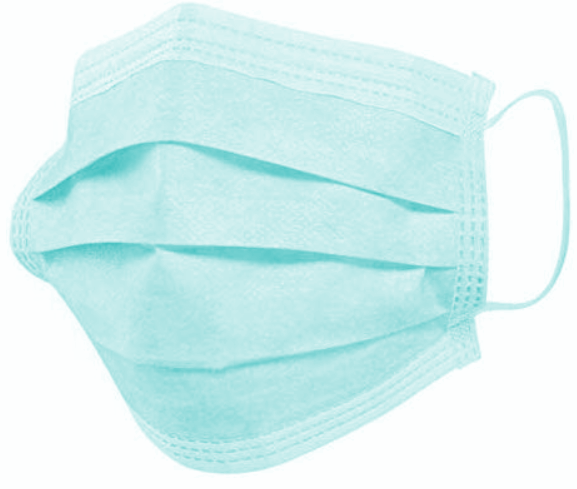COVID spending counted
 Almost $14 billion was spent on Australia's health system response to COVID-19 up until mid-2022, according to a report from the Australian Institute of Health and Welfare.
Almost $14 billion was spent on Australia's health system response to COVID-19 up until mid-2022, according to a report from the Australian Institute of Health and Welfare.
The report estimates the amount spent from the financial year 2019-2020 to 2021-2022, and says spending on COVID-19 represented 72 per cent of total funds spent on health.
Australia’s health spending from 2020 to 2022 was 2 per cent higher than expected, based on a linear forecast of the ten years preceding COVID–19.
“Health spending spiked less sharply in Australia than in many other Organisation for Economic Co-operation and Development (OECD) countries during the first 3 years of the pandemic. Australia also had one of the lowest excess death rates compared to other countries,” said AIHW spokesperson Geoff Callagan.
Australia had the 7th lowest additional health spending out of 36 countries.’
Excess mortality compares the number of deaths recorded for a period against the expected number of deaths over the same period.
Australia’s total excess mortality from 2020 to 2022 was 4 per cent higher than the expected mortality. This was the 5th lowest excess mortality rate compared to 30 other countries.
The Australian Government spent an estimated $35.1 billion and states and territories an estimated $11.9 billion on the health system response to COVID-19.
Governments spent $27.9 billion on primary care - including $6.1 billion on the vaccine rollout - and $10.5 billion on public hospitals.
Individual Australians spent an estimated $878 million on COVID-19-related services and items, such as rapid antigen tests ($597 million), personal protective equipment and respirators ($224 million), sanitiser ($56 million), prescription medications for COVID-19 treatment ($1.3 million) and out-of-pocket spending on general practitioner services related to COVID-19 ($0.1 million).
The findings come from the new report, ‘Health system spending on the response to COVID-19 in Australia 2019-20 to 2021-22’.







 Print
Print